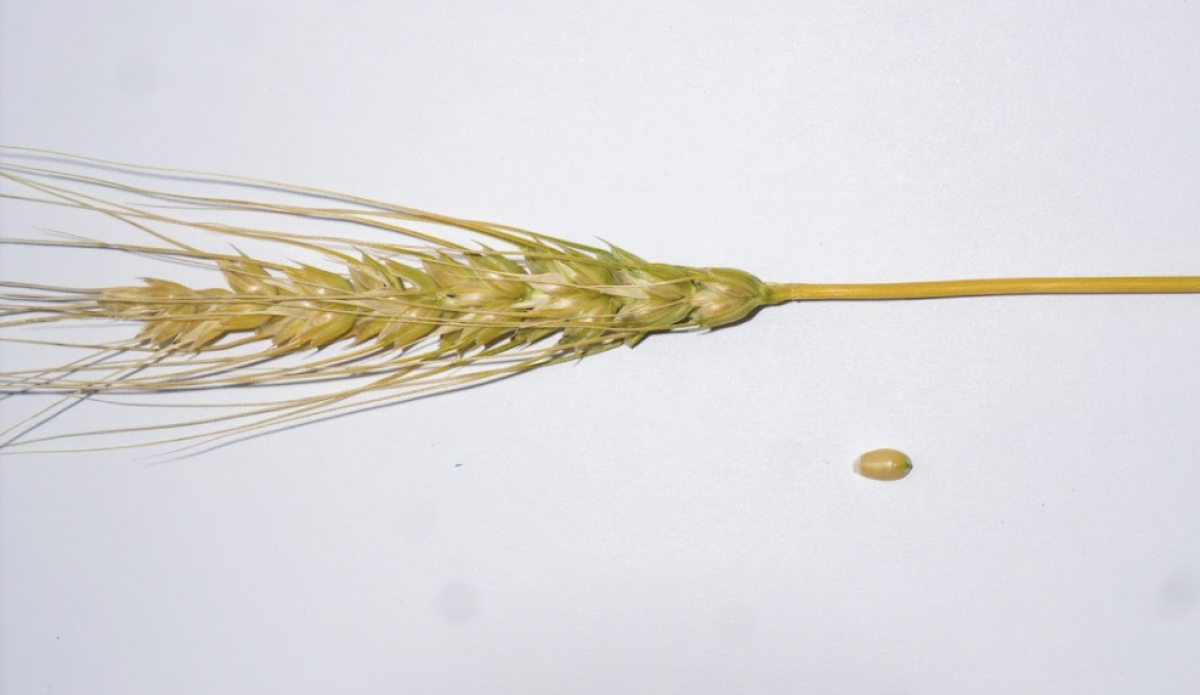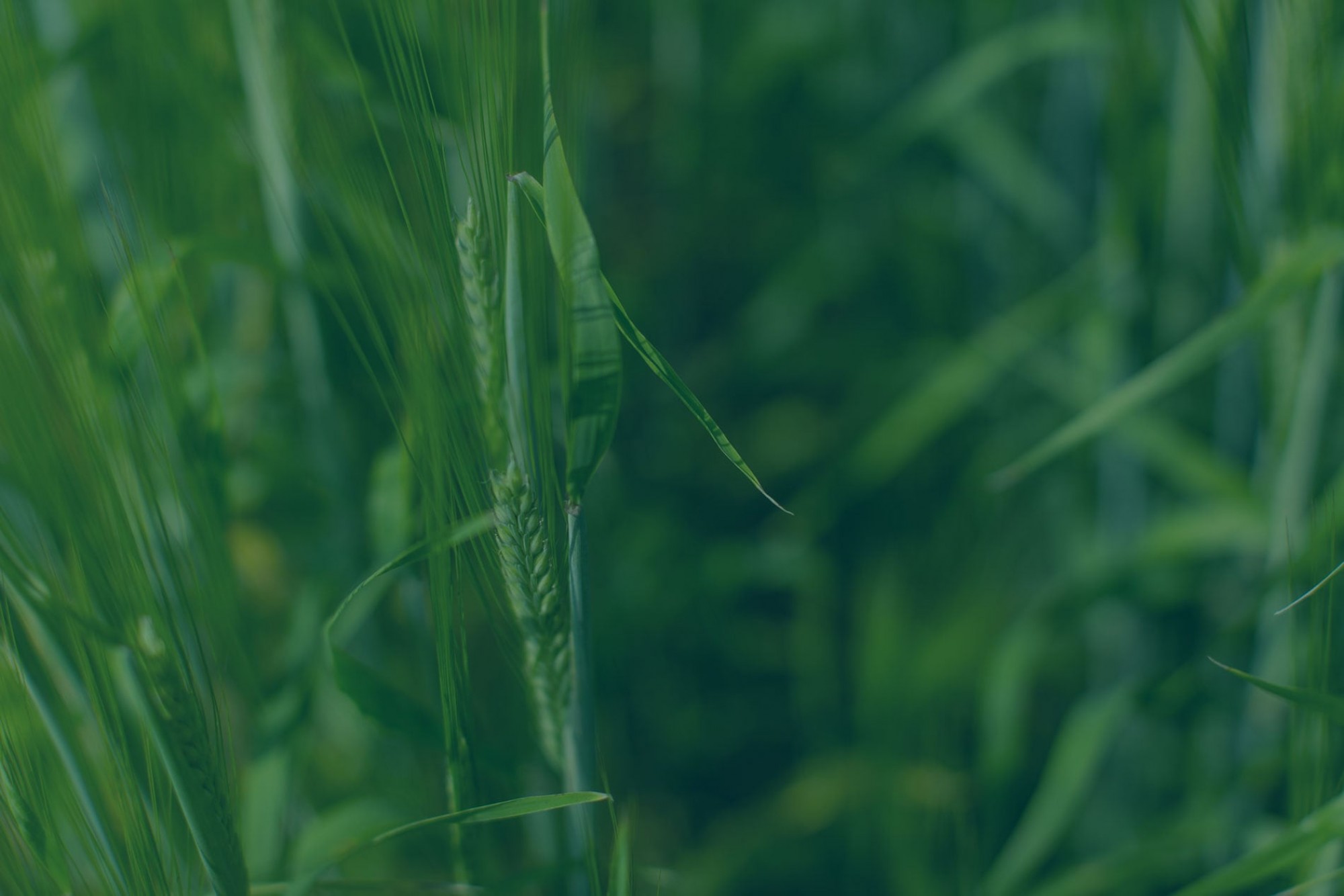Pre-harvest glyphosate and peduncle colour
By Jeremy Boychyn (M.Sc)(P.Ag), Agronomy Research Extension Specialist | Alberta Wheat and Barley Commissions
Pre-harvest glyphosate can be a great tool to help manage perennial weeds at harvest. However, pre-harvest glyphosate is at the greatest risk of loss due to public pressure if the use of glyphosate at various application times is taken off-label. To help ensure the longevity of the tool, correct application timing of 30% kernel moisture content in the least advanced part of the field is essential.
Recently, increased emphasis has been put on the peduncle colour as an indicator of ideal timing. Unfortunately, the peduncle colour is not a reliable indicator of grain moisture. There are a few reasons for this:
Disease presence on the peduncle can affect the peduncle colour.
Available moisture can impact peduncle colour. As seen on cereal leaves during drought conditions, plant material can lose colour and die back faster than years with more rainfall. Therefore, each year may present different peduncle colours for different kernel moisture.
There is no defined colour to indicate when peduncle colour is appropriate to assume kernel moisture. In Figures 1 and 2, both peduncles could be considered ‘turned’ however, the head in Figure 1 contains kernels that are greater than 30% moisture.
Figure 1: A wheat head taken from the least advanced part of the field. The mature peduncle may be indicative of a wheat head that contains kernels of 30% moisture or less, however, this video demonstrating a thumbnail test on the Figure 1 wheat head, indicates that the kernels are greater than 30% moisture.

Figure 2: A wheat head taken from a more advanced part of the field. The mature peduncle indicates that the kernel may be close to 30% moisture. This video demonstrating a thumbnail test on the Figure 2 wheat head indicated that the kernels have 30% moisture or less.
ped9-large.jpg)
The bottom line is that although the peduncle can be used to indicate the crop is approaching 30% kernel moisture, a fingernail test is essential for confirmation. Without a fingernail test, there is a heightened risk of maximum residue limits (MRL) issues due to glyphosate being applied prior to the label recommended application window.
For more information on pre-harvest application timing of glyphosate, please visit keepitclean.ca.

